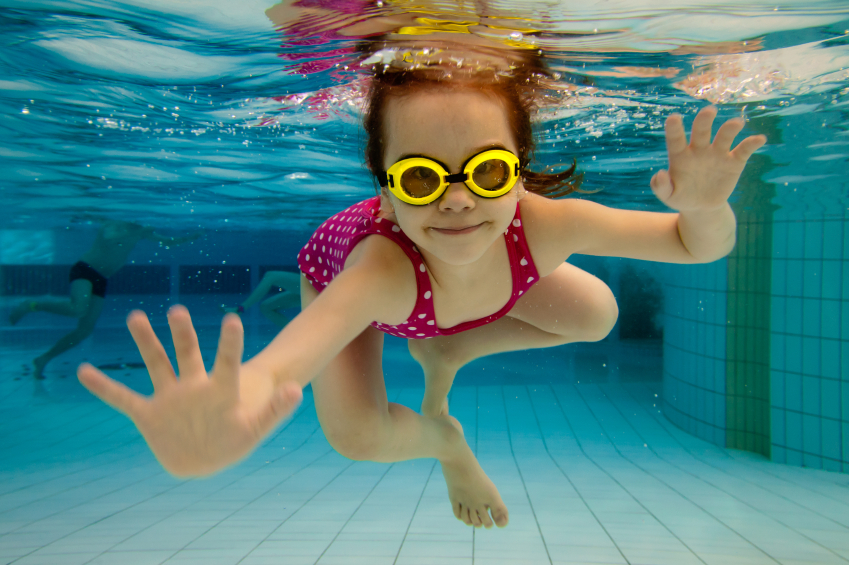Swim Safety: Something to Think About Even on Vacation
April 20, 2016
Did you know that drowning is the leading cause of injury-related death among children ages 1 to 4, according to the Centers for Disease Control and Prevention? When you’re on vacation, it’s easy to forget this sad fact. As families celebrate spring break and summertime looms on the horizon, more families are heading poolside or to the beach, and pool safety needs to be at the forefront.
“It is easy to become complacent when it comes to water safety,” explains Michelle Fanucchi, Ph.D., chair of the University of Alabama at Birmingham School of Public Health/Department of Environmental Health Sciences. “Being aware of the dangers of water and reminding our children of basic guidelines may help prevent an accident from occurring.”
Here are five tips for keeping kids safe at the beach or at the pool.
Never let children out of sight when around water.
Designate a parent or responsible adult to serve as a safety monitor at all times. If you’re on vacation with a large group, create an actual pool monitor schedule, so everyone has a turn at monitoring the kids. “Most recreational swimming areas do not have a lifeguard on duty. It’s easy to think that someone else is watching, so selecting an adult to be the designated lifeguard ensures the children are being watched at all times,” Fanucchi said.
Stay close enough to you children to rescue them in case of an accident.
It’s not enough to be in the general area, even if you think your kids are strong swimmers. You need to be able to reach them in a few second’s notice.
Everyone should wear a life jacket when onboard a boat.
The best practice is to have everyone, but especially children, wear a life jacket when on a boat. In an emergency, you want to be able to act immediately, not be searching for and putting on a life jacket. It’s also is a good way to model the importance of life jackets. “If a child or adult is unable to swim, unaware of their surroundings or incapable of handling shock in a situation, they should have a life jacket on,” Fanucchi said.
Beware of riptides.
Everyone needs to be careful and mindful of rip tides when swimming in the ocean. Children should know how to swim out of the rip tide, and parents need to know how to spot riptides. Swimming perpendicular to, not against the current, should get the swimmer safely out of the rip tide. Learn how to escape a riptide:
Teach your children to swim.
The American Academy of Pediatrics recommends swimming lessons, after determining that drowning rates among kids that received formal swimming lessons are far lower than those among kids that went without. Swimming is fun, too! Introduce your kids to swimming lessons while they’re young — many pools have even have swim instruction programs for babies.




